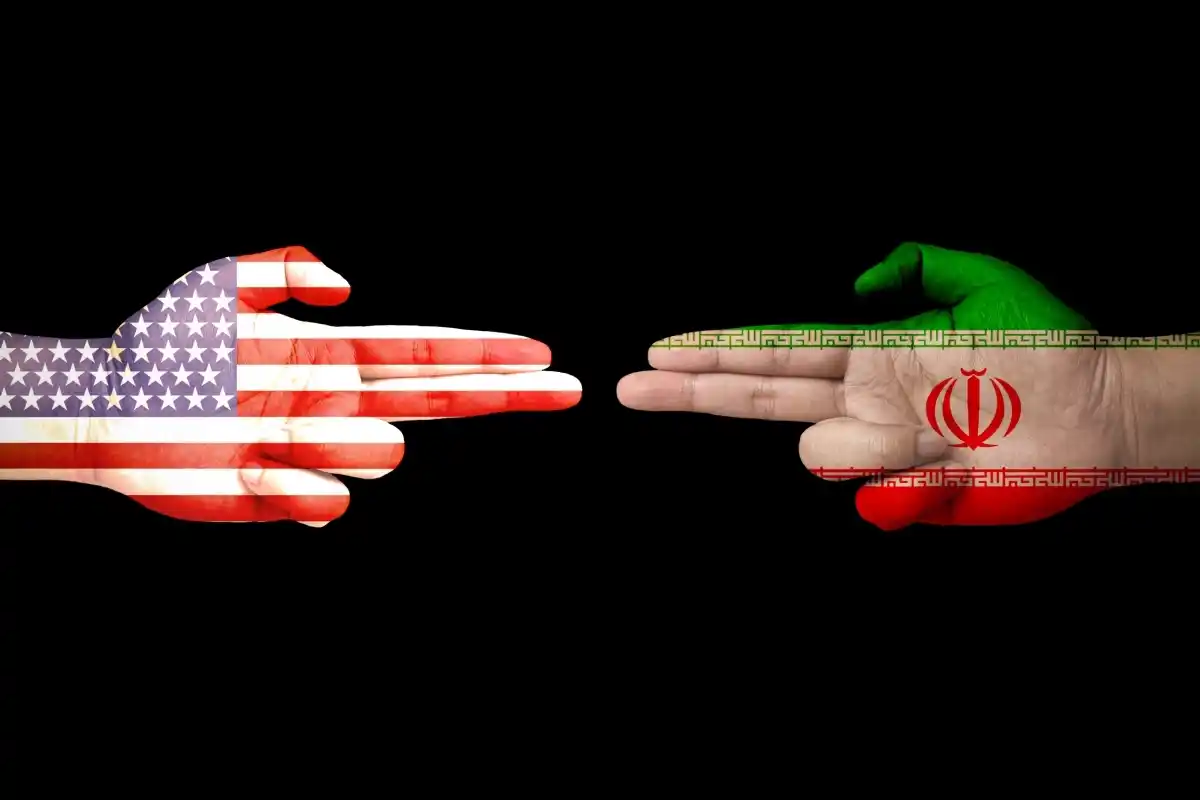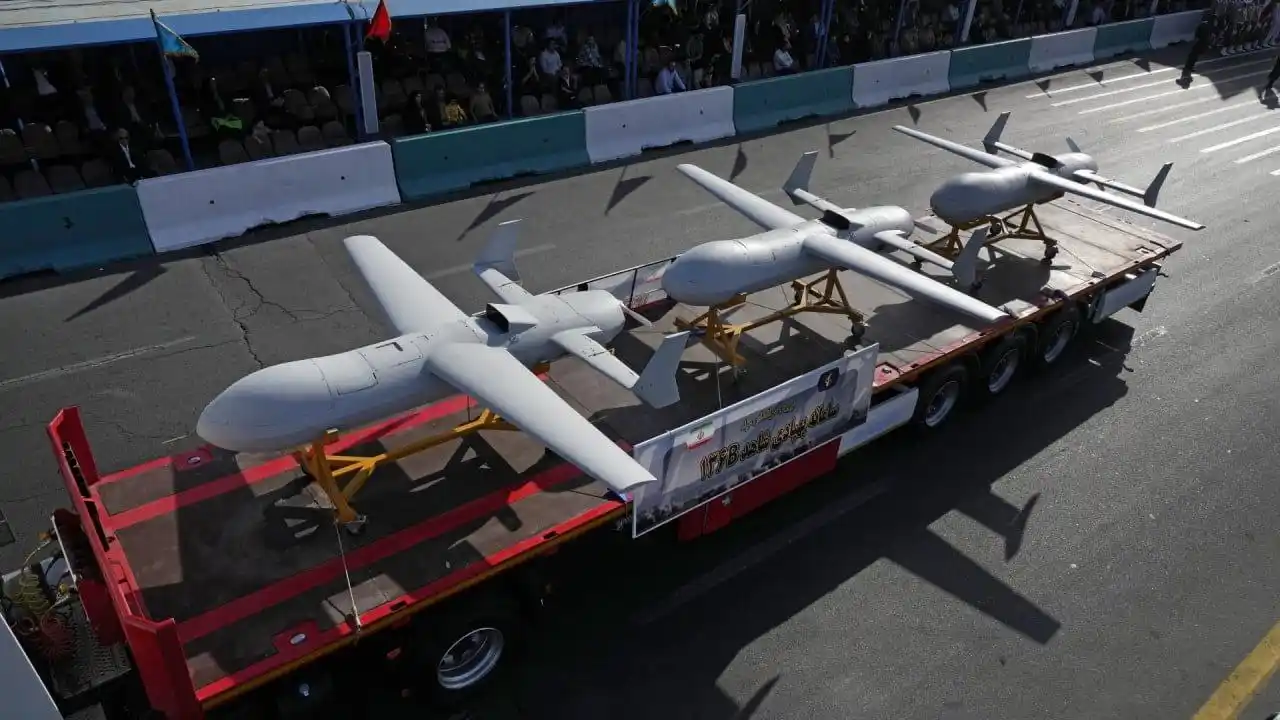محمد حسن سنگتراش
12 یادداشت منتشر شدهMilitary Scenarios: How Iran May Respond to a U.S. and Israeli Attack on Its Nuclear Facilities
By Mohammad Hassan Sangtarash

As a direct military confrontation between the Islamic Republic of Iran and the United States remains one of the most challenging security scenarios in international affairs, historical precedents, Iran’s operational capabilities, and the crucial roles played by its regional and extra-regional allies suggest that any such conflict would expand beyond a bilateral dispute into a multilayered crisis with profound geopolitical consequences.
Phase One: Striking the Foe – Targeting Israeli and U.S. Installations
In the event of an initial indirect confrontation or limited operations launched by the United States or Israel, Iran is expected to respond swiftly with a defensive-retaliatory strategy. In this phase, Tehran would rapidly target Israeli military bases and other key installations using precision-guided missiles, drones, and proxy forces—operations reminiscent of the “Vadeh Sadegh I & II” responses observed in previous conflicts. Unlike past actions, Iran now benefits from a detailed understanding of its strengths and vulnerabilities, enabling it to select a wide-ranging set of high-value targets.
Simultaneously, by leveraging its intelligence assets and special forces—along with the support of its commanders in the axis of resistance—Iran could concentrate on U.S. installations in the region (such as those at Ain al-Asad and a naval base in Bahrain), potentially surrounding or even tactically seizing them. The goal here would be to sow confusion and doubt within American decision-making.
Phase Two: Unified Offensive – Coordinated Strikes with Regional Allies
Should the conflict escalate into a direct U.S. attack on Iranian territory, Iran is anticipated to expand its response dramatically. This phase would involve a coordinated military operation with regional allies including Hezbollah, Ansarallah, Hashd al-Shaabi, Zeinabiyoun, and Fatemioun. In such a unified effort, U.S. military bases across the Middle East—from Iraq to the Persian Gulf—would be targeted.
Additionally, key Israeli assets—such as nuclear facilities, ports, command centers, and energy transmission lines—would be subjected to precision strikes. Iran’s allies might also focus on regional energy corridors by targeting strategically vital installations like Saudi Aramco facilities, the Bab al-Mandeb Strait, and the Strait of Hormuz. Moreover, allied groups such as the Houthis could concentrate missile assaults on Camp Lemonnier in Djibouti, where approximately 4,000 American personnel are stationed, potentially inflicting severe casualties.
Phase Three: Bringing the Battle Home – Shifting the Frontlines to American Soil
If U.S. actions escalate the conflict to a degree that threatens Iran’s territorial integrity, Tehran’s strategic calculations suggest that it would then move the fight onto U.S. soil. In this phase, warfare would transcend conventional battlefields to include information warfare, sophisticated cyber operations, and potentially even the activation of dormant nuclear facilities within the United States. Such operations would be executed through unprecedented asymmetric tactics.
Drawing on historical military experiences—from operations like Valfajr and the Battle of Karbala to ancient confrontations with the Eastern Roman Empire—Tehran would engage in a prolonged, methodical struggle designed to gradually erode its enemy’s resolve.
Arsenal Unleashed: Iran’s Advanced Drones and Missile Capabilities
Iran possesses a substantial arsenal of drones and ballistic missiles with the capability to be transported in containers and launched from container ships leased by Iran. There is also the potential to produce certain weapons resembling suicide drones directly on U.S. soil through proxy arrangements.
For instance, the Iranian Shahed-136 drone—widely employed in the Russia-Ukraine conflict—has been found to contain numerous American-made components. A forensic examination by Ukrainian forces revealed that, in one examined Shahed-136, 40 out of 52 components were manufactured by 13 different American companies, while the remaining 12 components were produced by firms in Canada, Switzerland, Japan, Taiwan, and China. This not only underscores Iran’s ability to circumvent sanctions and procure critical technology but also raises a concerning possibility: if essential components are so readily available, what prevents Iranian proxies from assembling similar drones within the U.S.?

Long-Range Lethality: The Expanding Reach of Iranian Drones
The upgraded Shahed-136B boasts an operational range of up to 4,000 kilometers, rendering U.S. bases throughout the Middle East and parts of Southern Europe vulnerable. In addition, the Arash series of drones is reported to be capable of traveling up to 2,000 kilometers. These long-range systems can be launched not only from Iran but potentially from container ships leased by Iran—or even from neighboring countries—with the possibility, for instance, of a Shahed-136B traversing from Caracas, Venezuela, to Texas in the United States.
Iran’s strategic doctrine increasingly emphasizes the utility of asymmetric tools such as drones and missiles for deterrence and retaliation. Due to their cost-effectiveness and plausible deniability, these weapons are ideally suited for striking high-value targets while minimizing the risk of conventional escalation.
Missile Innovations: Precision Strikes with Unmatched Agility
Iran has made significant strides in missile technology, showcasing the potential for long-range, precision-guided strikes while also developing systems that could ultimately reach intercontinental ranges—a subject often highlighted by IRGC commanders. For example, Iran can employ containerized missiles with relatively shorter ranges. The Fatah-450 missile, for instance, has a range of 250 kilometers, a total weight of 1,695 kilograms, and carries a warhead weighing approximately 225 kilograms. Designed for launch from both fixed and mobile platforms, this tactical ballistic missile can be equipped with various warhead types—such as seekers, high-explosive payloads, or fragmentation charges—and reaches speeds close to Mach 5. Such missiles could be deployed from covert maritime platforms, like container ships leased by Iran, to target critical American infrastructure at sea and along U.S. coastlines.
Ideological Battlefield: Iran’s Vision Amid Regional Upheaval
From Tehran’s perspective, the United States is actively reshaping the ideological landscape of the Middle East. The Islamic Republic holds Washington responsible for dismantling three key ideological movements: the Muslim Brotherhood following the Arab Spring, Wahhabism through the rise and fall of ISIS, and the Shia axis during the conflicts since October 7 against Israel.
This scenario evokes the long and tumultuous Thirty Years’ War in Europe—a protracted religious conflict that ultimately concluded with the Treaty of Westphalia. Tehran interprets these shifts as a direct assault on its ideological sovereignty and views U.S. efforts to enforce a “system change” as a recurring attempt to destabilize and overthrow its regime using security networks and revolutionary tactics.
Revealing Narratives: Admissions by Trump and Hillary Clinton
During the 2016 debate with Hillary Clinton, former President Donald Trump candidly suggested that the United States played a role in the creation of ISIS. Hillary Clinton, in her book Hard Choices, indirectly referenced strategic decisions that inadvertently empowered extremist groups. This historical legacy has only deepened Iran’s mistrust of American intentions and further validates Tehran’s emphasis on deterrence through advanced military technology.
The Art of Gradual Warfare: Lessons from History and Iran’s Phased Strategy
Contrary to popular belief, Iran’s defense policy is rooted in remarkable strategic patience. The eight-year Iran-Iraq War—with its phased operations such as those witnessed in Valfajr and the Battle of Karbala—along with centuries of military engagements (including a 700-year-long contest with the Roman Empire), demonstrate a doctrine that favors gradual escalation achieved through rigorous analysis and precise planning. The phased “Vadeh Sadegh” responses epitomize this approach:
- Vadeh Sadegh I: Missile and drone strikes targeting Israeli facilities, followed by careful analysis of the aftermath.
- Vadeh Sadegh II: Rapid execution of ballistic missile strikes from multiple vantage points within Iran.
- Vadeh Sadegh III (in planning and execution): Heavy missile assaults on Israeli military bases coupled with the tactical seizure or hostage-taking of U.S. and NATO installations.
- Vadeh Sadegh IV (potential): Escalation of the conflict to a global strategic level.
Conclusion: The Imperative of Dialogue
Given the complexities and potentially catastrophic consequences of these scenarios—a direct U.S. and Israeli assault on Iran could destabilize global markets, trigger stock market crashes, and result in unprecedented human casualties, perhaps exceeding the devastation of the Vietnam War—the stakes are exceedingly high. Consider that, aside from the issues with Israel, the United States maintains close to 50,000 troops in the region; these forces could become targets if Iran succeeds in executing a drone strike against American nuclear facilities, energy plants, or even critical industrial assets such as Boeing, Lockheed Martin, and Tesla on U.S. soil.
For both nations, the mutual interest lies in transcending conflict through dialogue. By acknowledging the unpredictable costs of direct confrontation, the United States may ultimately discover that negotiations—and the eventual lifting of sanctions—provide a vastly more constructive pathway than war. A return to diplomatic dialogue, including the reopening of embassies, not only presents a practical solution but also paves the way for a sustainable peace in an extremely volatile region. Tehran has signaled its openness to constructive engagement, a move that could, in turn, benefit American companies facing financial distress (for example, Boeing) and eventually lead to normalized diplomatic relations free of tension.



Link: Middle East Political and Economic Institute
